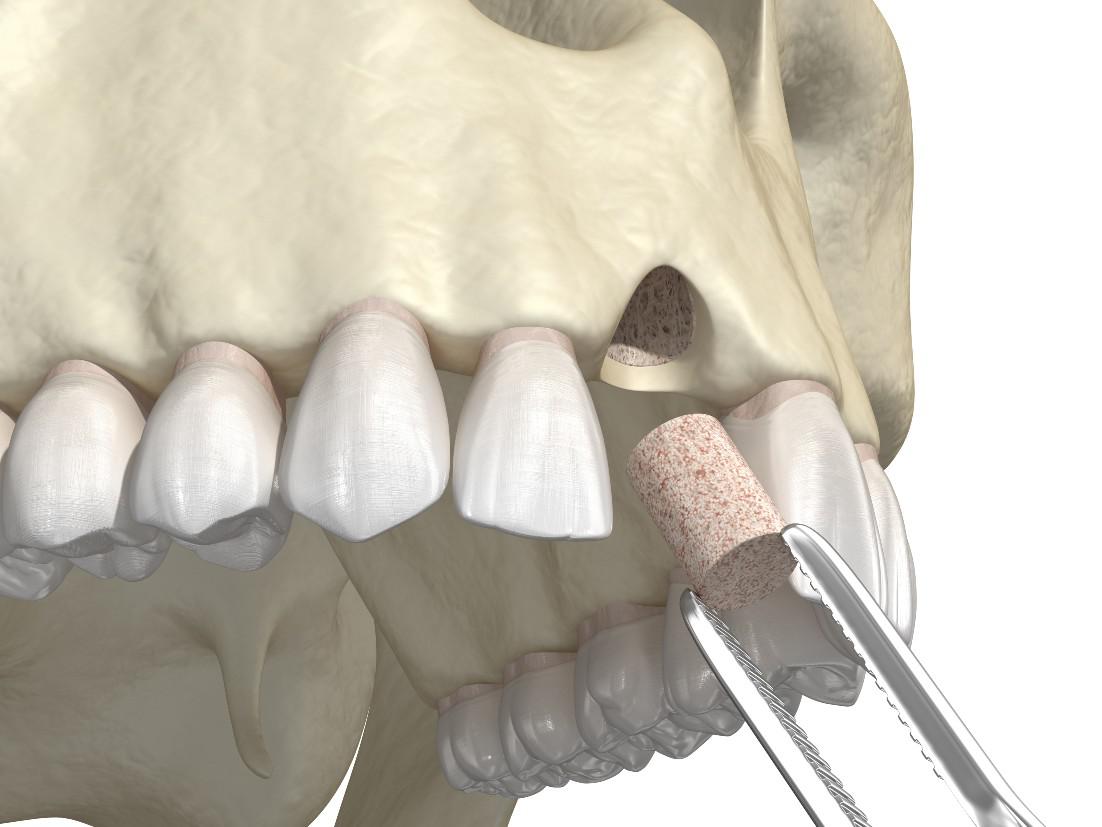Bone Grafting

Dental conditions, like tooth loss, can lead to the deterioration and loss of the bone that secures the tooth, affecting its usual height and shape. Causes of tooth loss can include periodontal disease, accidents, and decay. To restore the lost bone tissue from such conditions, a procedure called bone grafting is employed. This involves placing bone fragments from another source in the affected area, typically preceding a dental implant procedure.
As your natural bone regenerates, it will replace the grafted material, resulting in a unified new bone region. Our practice offers the expertise of a dedicated team to guide you through the bone grafting process.
Types of Bone Grafting Materials
All grafting materials are processed to ensure safety and prevent rejection by the immune system. Bone grafting is categorized based on the material used:
- Autograft: Bone fragments are sourced from another area of your body, involving two surgical sites - one for extraction and one for placement.
- Allograft: Bone is acquired from a tissue bank, derived from a deceased donor, and laboratory-processed for grafting.
- Xenograft: Obtained from animals, usually cows, this material is processed and sterilized before grafting.
- Alloplast: Human-made materials that combine allograft bone with materials like Grafton and ortholast.
- Synthetic: This material is injected using a syringe and can be in powder, putty, granule, or gel form.
Bone Grafting Procedure
Bone grafting is a minor surgical procedure that typically doesn't require multiple dentist visits. Our periodontist will anesthetize the affected area and make small incisions to expose the gum tissue's underlying bone. After any necessary cleaning, the processed bone graft is placed, serving as a scaffold for new bone cell deposition. New bone tissue will eventually absorb the graft. An organic barrier might be used to prevent excessive growth in the regenerated area.
Post-Procedure Care
Following the procedure, some common side effects include sore, swollen, and bruised gums, along with occasional bleeding, which subside as healing progresses. Full healing takes about seven to nine months, during which soft foods are recommended to avoid damaging the regenerated bone.
Schedule Your Consultation for Bone Grafting
If you're not a dental implant candidate due to insufficient jawbone, bone grafting can augment your jawbone to allow for implants and help restore your smile. Visit our Lake Ridge office to explore your bone grafting options and schedule a consultation with our specialists today.


